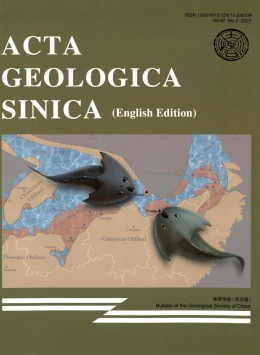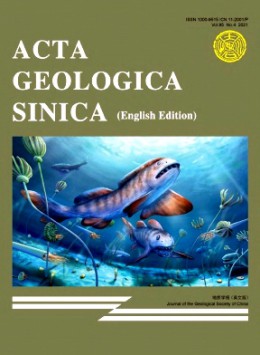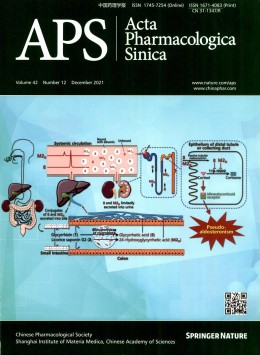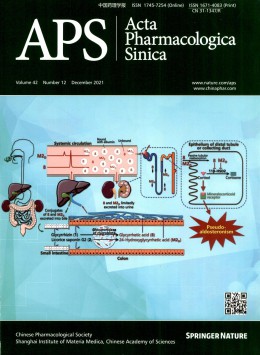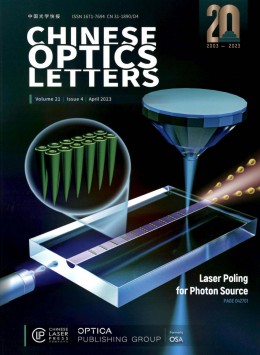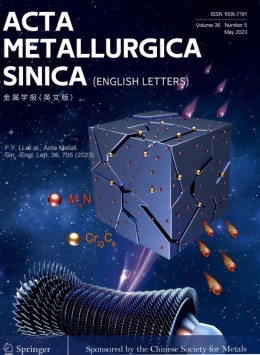
全年订价:¥456.00/年
Acta Metallurgica Sinica杂志简介
Journal of Metallurgy (English) (ISSN 1006-7191, CN 21-1361/TG) was founded in 1988. It is managed by the Chinese Association for Science and Technology, sponsored by the Chinese Society of Metals, and managed by the Institute of Metals, Chinese Academy of Sciences.
Journal of Metallurgy is an international journal, which provides a publishing platform for theoretical and experimental research in metallurgy, material science and engineering. This journal pays special attention to the understanding of the relationship between the processing, structure, and performance of inorganic materials, with a particular emphasis on the mechanical or functional behavior of inorganic solids at all length scales of nanostructures. It should be noted that this journal does not seek or publish papers on concrete and cement-based systems, nor does it publish papers on polymers and polymers. Overall, this journal plays a positive role in promoting research in the fields of metallurgy, materials science, and engineering, providing an important communication platform for the academic community.
Acta Metallurgica Sinica杂志栏目设置
原始论文、短文快报、综合评述
Acta Metallurgica Sinica杂志荣誉信息
Acta Metallurgica Sinica杂志订阅方式
地址:72 Wenhua Road, Shenyang 110016, China,邮编:100711。
Acta Metallurgica Sinica杂志社投稿须知
1.Abstract
The abstract should be no longer than 300 words. It should be informative, without descriptive words or citations, and contain the major conclusions and quantitative results or other significant items in the paper. Together with the title, the abstract must be adequate as an index to all the subjects treated in the paper, and will be used as a base for indexing.
2.Keywords
Immediately after the abstract, provide a maximum of 6 keywords.
3.Mathematics
Variables should appear in italic text. Vectors should appear in bold italic text. Capital and lower-case letters should be distinguished clearly where there could be confusion. Fractional exponents should be used to avoid root signs. Extra symbols should be introduced to avoid complicated exponents or where it is necessary to repeat a complicated expression a number of times. The slash (/) should be used wherever possible for fractions. Mathematical derivations that are easily found elsewhere in the literature should not be used.
4.Notation
Notation must be legible, clear, compact, and consistent with standard usage. All unusual symbols whose identity may not be obvious, including subscript or superscript, must be made comprehensible. Physical and mathematical variables should be in italic, vectors in boldface. Units, abbreviations and special functions should be upright. Please add notes to explain any other special symbols.
5.Units
Follow internationally accepted rules and conventions: use the international system of units (SI).If other quantities are mentioned, give their equivalent in SI.
6.Figures
Format: High-resolution figures must be uploaded during manuscript submission. The preferred format for figure submission is TIFF format (*.tif).
(1). Image Size: An image intended for the journal's double column format (i.e., an image to fit into the space of a single column on the 2-column layout), should be sized to 6.5 cm. Images submitted for a layout that spans full columns (i.e., an image that will occupy the full-page width) should be sized to 13.5 cm, and complicated figures should have a maximum width of 15 cm. In the figures, the main lines should be about 0.3 mm in width, and the assistant lines 0.15 mm. Notations in the figures should be distinct and consistent with the same ones in the text, and their font size will be 8-10 pt.
(2).Image Resolution: Line drawings and graphs must have a resolution of at least 1200 dpi when they are exported. Photographs and micrographs must have resolution of at least 300 dpi (600 dpi if there is text or line art in the figure). Please use LZW compression (which does not affect resolution) when saving figure files. Lower-resolution images will not reproduce properly and will not be accepted.
(3). Color: Submit color graphics in CMYK format; the colors chosen must reproduce effectively and the colors should be distinguishable when printed in black and white; The descriptions of figures in text and captions must be sufficiently clear for both online and print copy.
7.Tables
Tables, numbered in order of appearance, should be appended on separate sheets and identified with appropriate titles. The table title, which should be brief, goes above the table. A detailed description of its contents or table footnotes should be given directly below the body of the table.
8.References
References must be published work, and numbered consecutively in order of their first citation. References should be listed individually at the end of the text and indicated in the text with a superscript number in square brackets. All of the authors, as well as the titles of the reference articles should be given. It is strongly recommend that authors try to employ the recently published articles, and it is appropriate that more than 50% references are published in the recent three years. Here are some examples of how to set the most common reference types:
(1)References to journal publication:
[1] J. van der Geer, J.A.J. Hanraads, R.A. Lupton, J. Sci. Commun. 163 (2000) 51–59.
[2] Y. Zhang, L. Ren, M. Li, X. Lin, H.F. Zhao, K. Yang, J. Mater. Sci. Technol. 28 (2012) 769–772.
[3] W. Strunk Jr., E.B. White, The Elements of Style, third ed., Macmillan, New York, 1979,pp. 25–32.
[4] J.Q. Yu, Atlas of Binary Alloys Phase Diagram, Shanghai Scientific and Technical Publishers, Shanghai, 1983, pp. 334–339.
(3)References to a chapter in edited books:
[5] G.R. Mettam, L.B. Adams, in: B.S. Jones, R.Z. Smith (Eds.), Introduction to the Electronic Age, E-Publishing, Inc., New York, 1994, pp. 281–304.
[6] Y. Sawaragi, S. Hirano, in: M. Jono, T. Inone (Eds.), Mechanical Behavior of Materials, Pergamon Press, London, 1992, pp. 589–594.
(4)Reference to proceeding:
[7] F. Masuyama, L.B. Adams, in: Proceedings to the 4th International Conference on Advances in Materials Technology for Fossil Power Plants, Hilton Head Island, South Carolina, U.S., October 25–28, 2004.
(5)Reference to dissertation
[8] X.H. Ma, The Preparation and Property Research of Hydroxyapatite Flurescent Nano Particle, Ph.D. Thesis, Wuhan University of Technology, 2007. (in Chinese)
[9] K.L. Corwin, A Circularly-polarized Optical Dipole Trap and Other Developments in Laser Trapping of Atoms, Ph.D. Thesis, University of Colorado, 1999.
(6)Reference to patent
[11] C.G. Bai, L. Murr, W. Smith, A Novel Method for Preparing Al Base MMC, US Patent, No. 200101133, 2001.
(7)Reference to online literature
[12] H.R. Sheikh, Z. Wang, L. Cormack, A.C. Bovik, Live Image Quality Assessment Database Release 2, live.ece.utexas.edu/research/quality, September 8, 2006.
